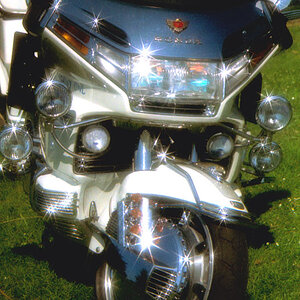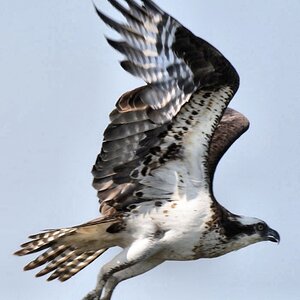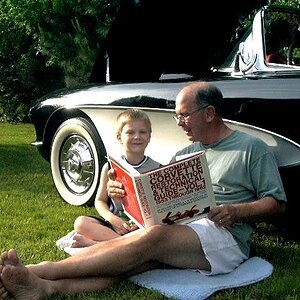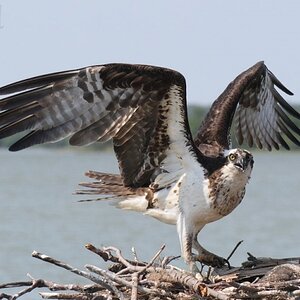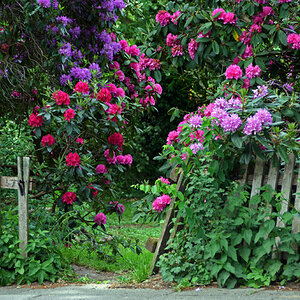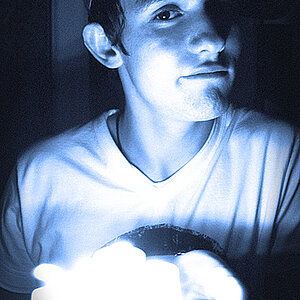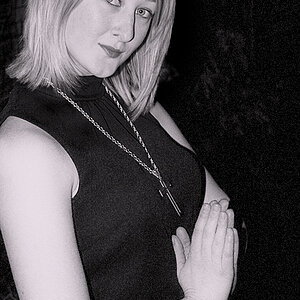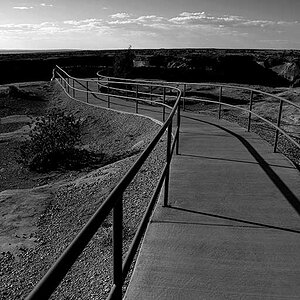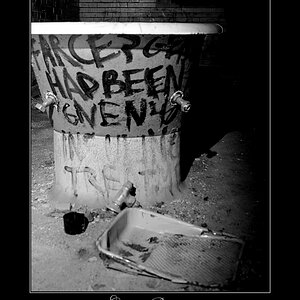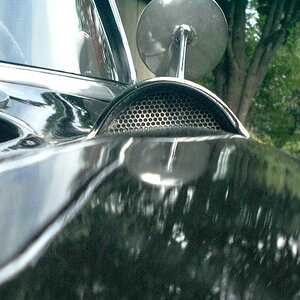- Joined
- Sep 2, 2005
- Messages
- 14,455
- Reaction score
- 3,328
- Can others edit my Photos
- Photos OK to edit
I shoot in the lowest native ISO I can get away with. That said, these days it's pretty hard to tell the diff between ISO 100 and 400 (on newer cameras, anyway).
In big rooms where I need to bounce a flash off a high ceiling, I'll crank the ISO up to 400-800 without batting an eye.
If you use flash a lot... get an external rechargeable battery. Best money you can spend.
In big rooms where I need to bounce a flash off a high ceiling, I'll crank the ISO up to 400-800 without batting an eye.
If you use flash a lot... get an external rechargeable battery. Best money you can spend.


